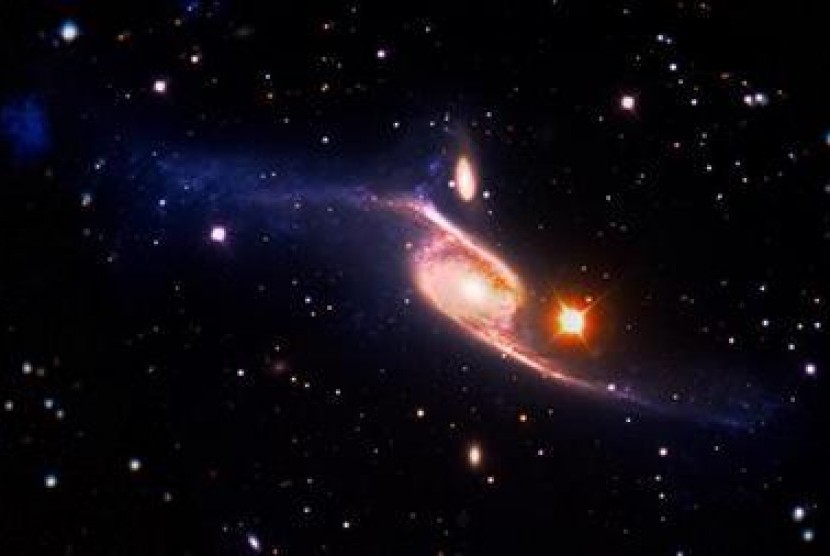Clusters of star-forming gas and dust, known as molecular clouds, are believed to have formed together from the same supernova, or explosion of a star that reached the end of its life, about 10 million years ago. This new finding could explain how supernovae result in star formation.
“Hundreds of stars formed or already exist on the surface of this giant bubble,” said study lead author Shmuel Bialy, a postdoctoral researcher at the Institute for Theory and Computation (ITC) at the Harvard-Smithsonian Center For Astrophysics (CfA). Space, Friday (24/9).
Using data from the Gaia spacecraft that mapped the European Space Agency’s stars, the researchers were able to map the molecular clouds Perseus and Taurus in 3D for the first time. This reveals a huge void that has remained elusive in previous 2D maps of the region.
“We’ve been able to see these clouds for decades, but we’ve never known their true shape, depth or thickness. We’re also not sure how far away they are,” said co-author Catherine Zucker, a postdoctoral researcher at CfA.
“Now we know where they are with only 1 percent uncertainty, allowing us to see the void between them,” said Zucker.
The team created a 3D molecular cloud map using data visualization software called Glue, which was founded by Alyssa Goodman, a CfA astronomer and co-author of the study.
The team mapped star-forming regions to better understand how gas and dust released during stellar explosions rearrange themselves in molecular clouds to form new stars.
Their findings suggest that the Perseus and Taurus molecular clouds formed as a result of the same supernova shockwave, suggesting the strong effects of the star’s explosion.
“This suggests that when a star dies, its supernova produces a chain of events that can eventually lead to the birth of a new star,” Bialy said.
The new study was published on September 22 in Astrophysical Journal Letters.
– .


